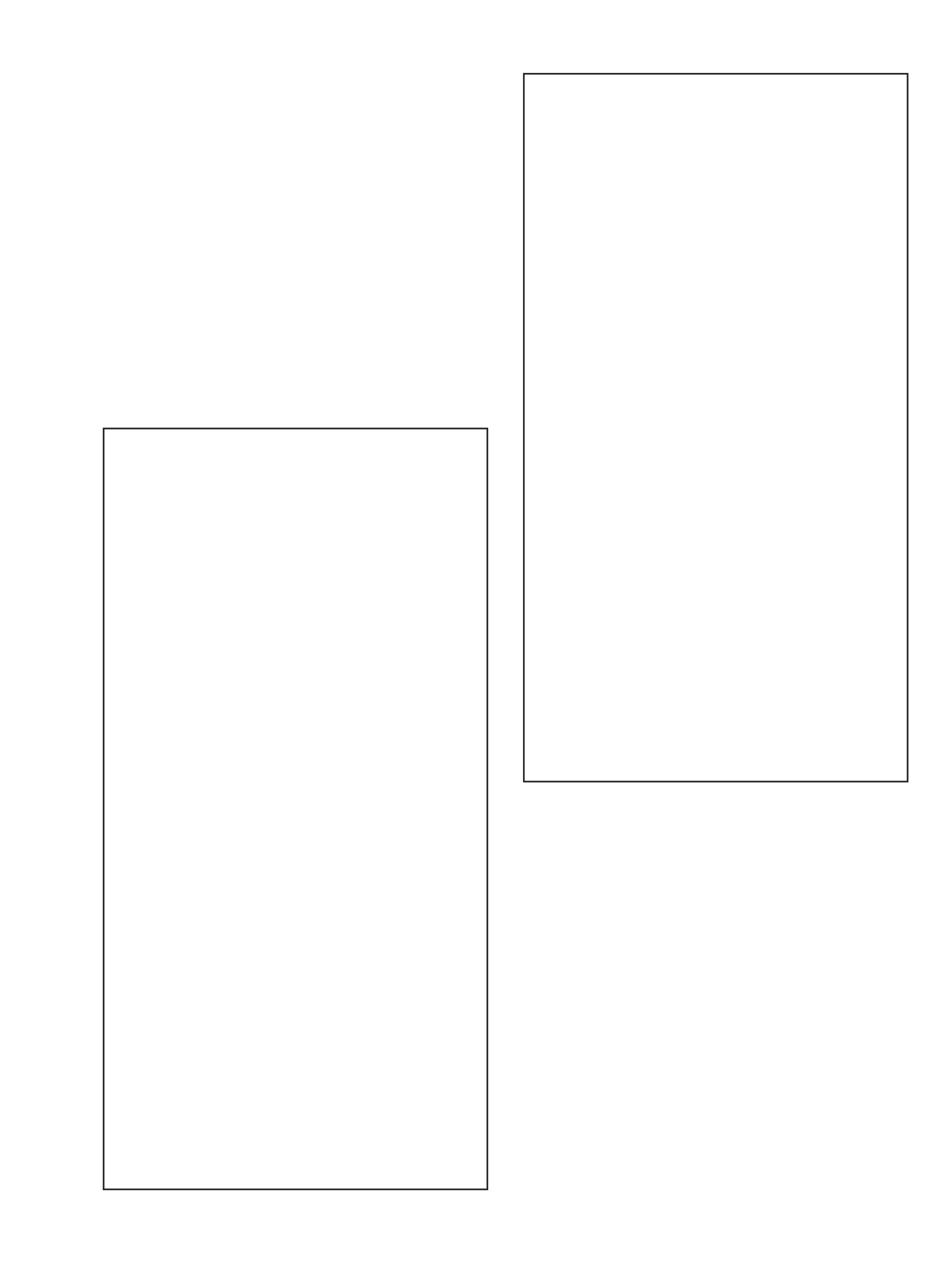
and become dominant in that field. Adequate control of these
r
esistant weed biotypes cannot be expected. If weed control is
unsatisfactory, it may be necessary to retreat the problem area
using a product affecting a different site of action.
T
o better manage herbicide resistance through delaying the
proliferation and possible dominance of herbicide resistant weed
biotypes, it may be necessary to change cultural practices within
and between crop seasons such as using a combination of
tillage, retreatment, tank-mix partners and/or sequential
herbicide applications that have a different site of action. Weed
escapes that are allowed to go to seed will promote the spread of
resistant biotypes.
It is advisable to keep accurate records of pesticides applied to
individual fields to help obtain information on the spread and
dispersal of resistant biotypes. Consult your agricultural dealer,
consultant, applicator, and/or appropriate state agricultural
extension service representative for specific alternative cultural
practices or herbicide recommendations available in your area.
Notice to Buyer: Purchase of this material does not
confer any rights under patents of countries outside of the
United States. Use of this quantity of purchased DuPont™
CLASSIC® herbicide is permitted under claim 24 of U.S.
Patent 5,084,082.
The DuPont Oval Logo, DuPont™, CLASSIC®,
HARMONY®, ASSURE®, CANOPY®, CANOPY XL®,
EXPRESS® and SYNCHRONY® are trademarks or
registered trademarks of E. I. duPont de Nemours &
Company
C
ontainer Refilling and Disposal (For Containers
u
p to 250 gal)
:
This is a refillable container. If the
container is to be refilled, do not rinse with any
material or introduce any pesticide other than
DuPont™
CLASSIC®. Reseal and return the container
to any authorized DuPont refilling facility. If the
container is not to be refilled, triple rinse (or
equivalent) and offer for recycling or reconditioning,
or puncture and dispose of in a sanitary landfill, or by
incineration, or by open burning, if allowed by state
and local authorities. If burned, keep out of smoke.
For minor spills, leaks, etc., follow all precautions
indicated on this label and clean up immediately. Take
special care to avoid contamination of equipment and
facilities during cleanup procedures and disposal of
wastes. In the event of a major spill, fire or other
emergency, call 1-800-441-3637 day or night.
Container Disposal for Bulk Containers: When this
container is empty, replace the cap and seal all
openings that have been opened during use, and return
the container to the point of purchase or to a designated
location named at time of purchase of this product.
The container must only be refilled with this pesticide
product. DO NO REUSE THE CONTAINER FOR
ANY OTHER PURPOSE. Prior to refilling, inspect
carefully for damage such as cracks, punctures,
abrasions, worn-out threads and closure devices.
Check for leaks after refilling and before transporting.
Do not transport if this container is damaged or
leaking. If the container is damaged, leaking or
obsolete, contact DuPont at 1-800-441-3637. If not
returned to the point of purchase or to a designated
location, triple rinse emptied container and offer for
recycling. Disposal of this container must be in
compliance with state and local regulations.
For minor spills, leaks, etc., follow all precautions
indicated on this label and clean up immediately. Take
special care to avoid contamination of equipment and
facilities during cleanup procedures and disposal of
wastes. In the event of a major spill, fire or other
emergency, call 1-800-441-3637 day or night.
STORAGE AND DISPOSAL
Storage: Store product in original container only. Do
not contaminate water, other pesticides, fertilizer, food
or feed in storage. Store in a cool, dry place.
Product Disposal: Do not contaminate water, food, or
feed by disposal. Waste resulting from the use of this
product may be disposed of on site or at an approved
waste disposal facility.
Container Disposal: For Plastic Containers: Triple
rinse (or equivalent). Then offer for recycling or
reconditioning, or puncture and dispose of in a sanitary
landfill, or incineration, or, if allowed by State and
local authorities, by burning. If burned, stay out of
smoke. For Fiber Sacks: Completely empty fiber sack
by shaking and tapping sides and bottom to loosen
clinging particles. Empty residue into manufacturing or
application equipment. Then dispose of sack in a
sanitary landfill or by incineration if allowed by State
and local authorities. For Fiber Drums With Liners:
Completely empty liner by shaking and tapping sides
and bottom to loosen clinging particles. Empty residue
into application equipment. Then dispose of liner in a
sanitary landfill or by incineration if allowed by State
and local authorities. If drum is contaminated and
cannot be reused, dispose of in the same manner. For
Bags Containing Water Soluble Packets: Do not
reuse the outer box or the resealable plastic bag. When
all water-soluble packets are used, the outer packaging
should be clean and may be disposed of in a sanitary
landfill or by incineration, or if allowed by State and
local authorities, by open burning. If burned, stay out
of smoke. If the resealable plastic bag contacts the
formulated product in any way, the bag must be triple-
rinsed with clean water. Add the rinsate to the spray
tank and dispose of the outer wrap as described above.
For Metal Containers (non aerosol): Triple rinse (or
equivalent) the container. Then offer for recycling or
reconditioning, or puncture and dispose of in a sanitary
landfill, or by other procedures approved by State and
local authorities. For Paper and Plastic Bags:
Completely empty bag into application equipment.
Then dispose of empty bag in a sanitary landfill or by
incineration, or, if allowed by State and local
authorities, by burning. If burned, stay out of smoke.
13
